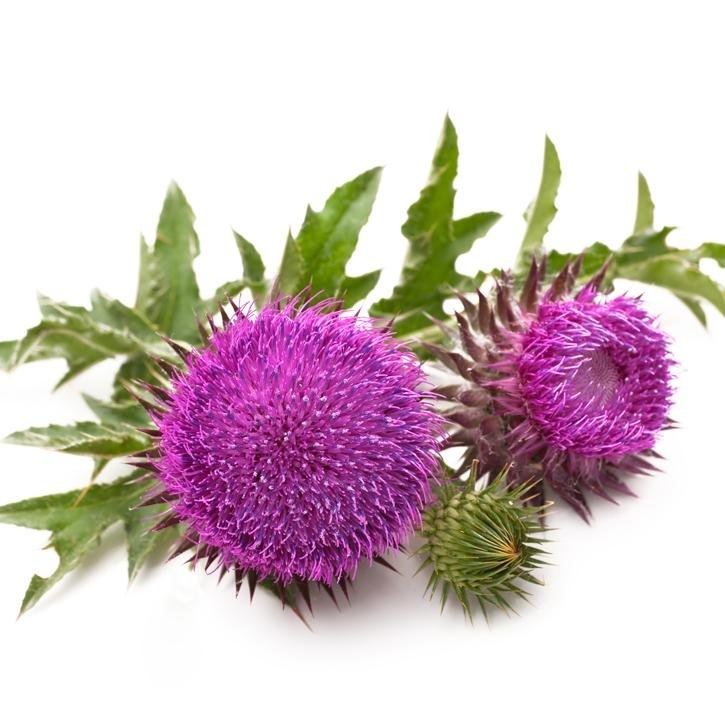It is native of southern Europe, Middle East and northern Africa. It lives in Central Europe and the southern Australia. Most part of the plant is imported, especially from Argentina, Chile, Romania and Hungary. It grows on pastures, prairies, waste ground, disturbed sites, roadsides, railroads. It blooms between late spring and early summer and is harvested in autumn. The first thing to do is to cut the flower heads and the achenia are dropped.
Fruits and seeds. Sometimes the leaves and roots are also used.
Internal use
External use
Pharmacopée Française IX Édition.
British Herbal Pharmacopoeia, 1983.
Herbal Drugs and Phytopharmaceuticals. Norman Grainger Bisset (Ed). Max Wichtl. CRC Press.1994.
Plantas Medicinales y Drogas Vegetales para infusión y tisana. Edición española a cargo de: Salvador Cañogueral, Roser Vila, Max Wichtl.1998.
Matière Médicale. RR Paris- H. Moyse. Masson 1981.
Fitoterapia: Vademecum de Prescripción. Plantas Medicinales. Colaboran: Asociación española de médicos naturistas. Colegio Oficial de Farmacéuticos de Vizcaya.
Guía de Campo de las Flores de Europa. Oleg Polunin. Ediciones Omega S.A. Barcelona, 1977.
Plantas Medicinales. Margarita Fernandez y Ana Nieto. Ed Universidad de Navarra. EUNSA 1982.
100 Plantes Medicinales. Max Rombi. Romart 1998.
Fitoterapia Aplicada. J.B. Peris, G. Stübing, B.Vanaclocha. Colegio Oficial de Farmacéuticos de Valencia 1995.
Pharmacognosy, Phytochemistry, Medicinal Plants. Jean Bruneton. Lavoisier Publishing.
The Complete German Commission E Monographs. Therapeutic Guide To Herbal Medicines. Mark Blumenthal. American Botanical Council 1998.
Revista de fitoterapia 2000. CITA Publicaciones y Documentación S.L.
Farmacognosia 2ª Edición. Jean Bruneton. Ediciones Acribia S.A. 2001.
Pharmacognosy 9th Edition.
Bulletin officiel Nº 90/22 bis. Ministère des Affaires Sociales et de la Solidarité.
French Public Health Code.
Bézanger-Beauquesne, L; Pinkas, M; Torck, M. Les Plantes dans la Therapeutique Moderne. 2ª. Paris: Maloine, 1986.
Bézanger-Beauquesne, L; Pinkas, M; Torck, M; Trotin, F. Plantes Médicinales des Regions Tempérées. Paris: Maloine, 1980.
European Scientific Cooperative On Phytotherapy (E.S.C.O.P.). Monographs on the medicinal uses of plant drugs. Fascicle I: Thymi herba. March, 1996.
James, A; Duke, Ph D. Handbook of Medicinal Herbs. 5ª. Boca Ratón, Florida: CRC Press, 1987, pp.170-1.
Paris, RR; Moyse, M. Précis de Matière Médicale. Tome III. Paris: Masson, 1971, p. 450.
Samuelsson, G. Drugs of Natural Origin. A Textbook of Pharmacognosy. Stockholm: Swedish Pharmaceutical Press, 1992, p. 123.
Trease, GE; Evans, WCh. Farmacognosia. México D.F.: Interamericana--MacGraw-Hill, 1991, p. 450.
Van Hellemont, J. Compendium de Phytotherapie. Bruxelles: Association Pharmaceutique Belge, 1986, pp. 80-1.
Wichtl, M. Herbal Drugs and Phytopharmaceutical. A Handbook for Practice on a Scientific basis. Stuttgart: Medpharm Scientific Publishers, 1994, pp. 121-5.
